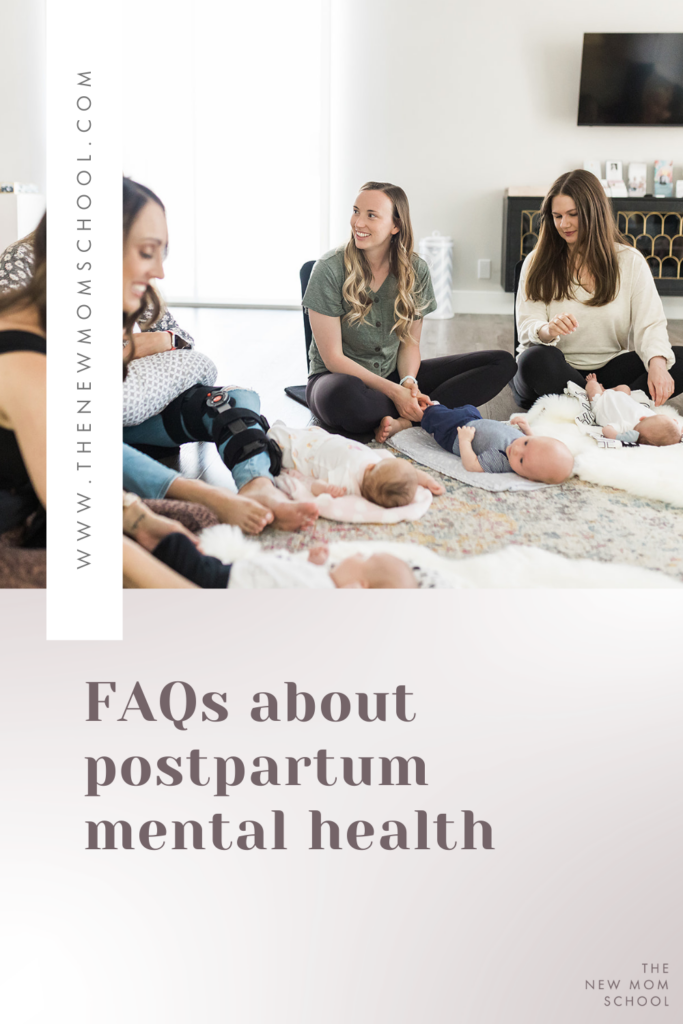When is it more than the baby blues?
The postpartum period can be a time of high emotion. Life changes, upheaval, and hormonal adjustments can all contribute to feelings of overwhelm and play a role in postpartum depression (PPD).
Postpartum Support International is the USA partner organization for the global maternal mental health task force and they have suggested some answers to commonly asked questions. We’ve collated the top five for you to consider in deciding when, if, and what treatment you may consider.
Here are five FAQs based on the advice given on the Postpartum Support International website:
1. Postpartum depression or baby blues? What’s the difference?
Most new mothers – experts estimate about 80% — experience mood swings and weepiness during the first 2-3 weeks after giving birth. Sometimes called “the baby blues”, this is a normal adjustment period and resolves without any medical assistance. Challenging feelings that don’t dissipate after the first month might be signs of postpartum depression.
2. Can postpartum depression be treated without medication?
Postpartum depression is often treated with talk therapy or mental health counseling, medicine, or both. It may help to talk through your concerns with a psychiatrist, psychologist, or another mental health professional. Treatment plans are different for each woman but might include increased self-care, social support, talk therapy or counseling, and treatment of symptoms, with medication when necessary.
3. How long does postpartum depression typically last?
PPD usually refers to when a person is diagnosed with depression within the first year after the birth of a child. However, some people feel the effects of postpartum depression longer than a year after giving birth. As more people open up about their experiences with postpartum depression, it’s becoming clear that the condition affects each individual differently.
4. What should I do if I think I have postpartum depression?
Reach out as soon as you can, and talk to supportive and informed people. You don’t need a diagnosis to reach out for support. Admitting there may be a problem is the most important step you can take for yourself. Sometimes it can be helpful to write down symptoms and feelings before an appointment with their care provider. It may also be helpful to take a supportive person with you to the first appointment.
5. Is postpartum anxiety as common as depression?
PPA impacts approximately 10% of mothers. The disorder may manifest itself differently depending on the person, but many women report feeling a constant sense of worry or dread, racing thoughts, changes in their sleep or appetite, restlessness, or even physical symptoms like dizziness or nausea. You can seek support and treatment for postpartum anxiety, just as you can for depression.
Have more questions? We’ve linked the FAQ page here for you.
→ Learn 5 Ways joining a class at New Mom School can reduce your risk of postpartum depression.


